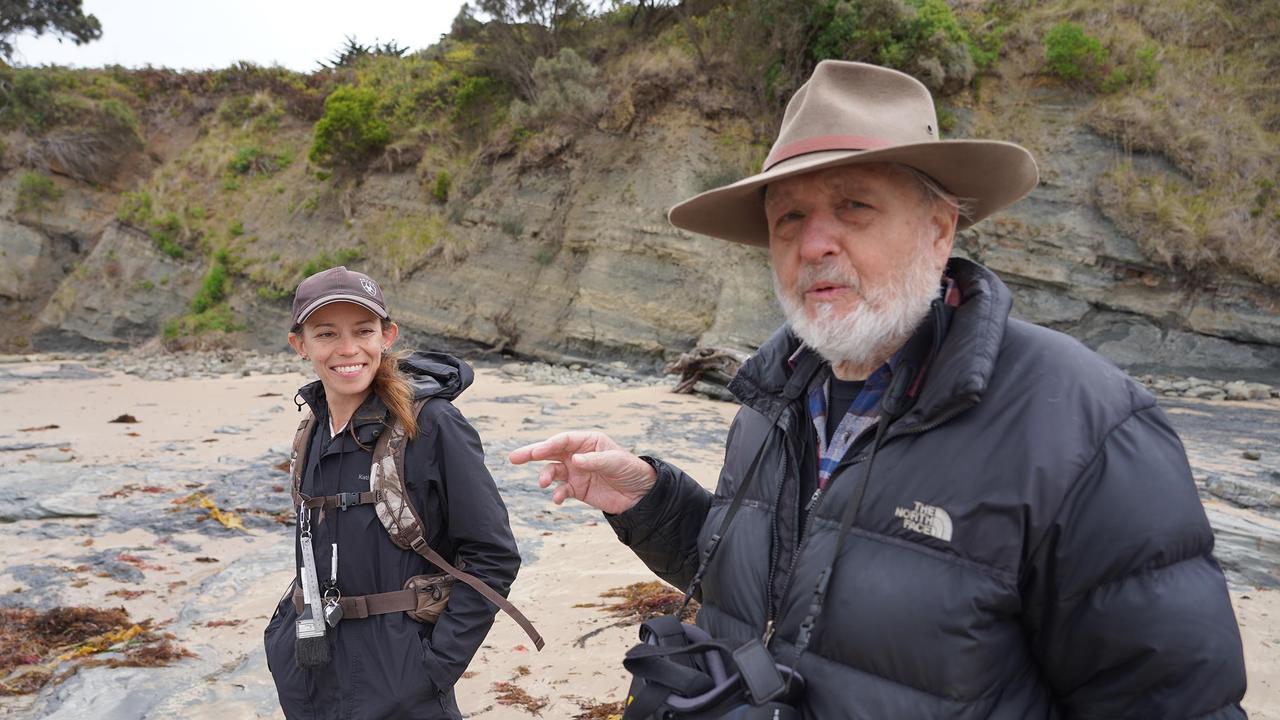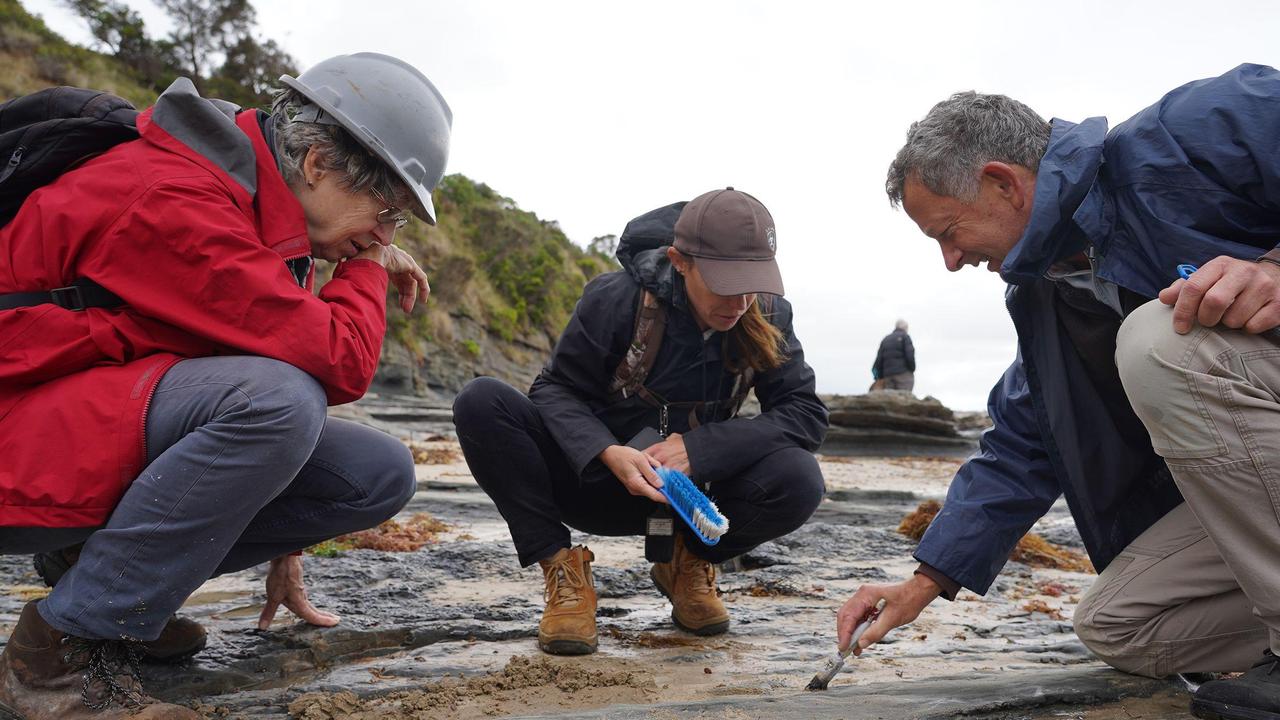Fossil search finds oldest evidence of birds in the southern hemisphere
When searching for dinosaur fossils, one Aussie woman has found footprints that are millions of years old.

More than 27 footprints of ancient birds have been discovered in Australia that date back to the Cretaceous period of the Earth.
The footprints were dated to be around 125 million years old, making them the earliest evidence of birds in the southern hemisphere.
Many of these were found due to the efforts of fossil hunter Melissa Lowery, who began finding evidence of dinosaur footprints on the Bass Coast of Victoria in 2020.
“As an avid bird watcher for many years, to hear that I had found the footprints of birds was absolutely amazing,” she told The Guardian.

Professor Anthony Martin, geologist and palaeontologist from Emory University in the USA, led the investigation that resulted in the findings.
“Most of the bird tracks and body fossils dating back to the Early Cretaceous are from the Northern Hemisphere, particularly from Asia,” he said. “Our discovery shows that there were many birds, and a variety of them, near the South Pole about 125 million years ago.”
Dr Thomas Rich, Senior Pathologist at Museums Victoria, said his team has “vastly” increased its record of footprints in recent years thanks to Ms Lowery’s work, and the discovery was “another step” in their 40 years of research.
“Some people can almost smell fossils, and other people just can’t find them for anything,” he told news.com.au. “And so if you’re going to attract those right kinds of people to your project, you make a step forward, and that’s what’s happened.”
While birds are recognised as dinosaurs – including the cockatoo outside your window – the fact that these footprints specifically belong to birds is an important scientific find.
“It was a very important addition to the picture we can form of this biome that existed in what was polar Victoria 120 million years ago – because at that point, Victoria was attached to Antarctica,” Dr Rich said.
The largest footprint that could be attributed to a bird had a central toe of “around ten cm long”, but some of the dinosaur footprints belong to creatures who stood up to five metres tall.
Dr Rich participated in the project with his wife, Professor Patricia Vickers-Rich. The pair met in university, and have been married for 57 years.

“One of the great advantages of being married to another palaeontologist: you understand the sacrifices you make to do that work,” he said.
“And you it helps a lot, I think, for marital harmony, that you have this parallel view of what you want to do. If she was a dressmaker, it’d be a lot harder to convince her to spend our personal funds to make this thing work, but that’s what we do.”
Dr Rich said one of the next steps in their project included a fossil analysis by an expert from the Smithsonian itself.
After visiting in 2019, dinosaur palaeontologist Matthew Carrano received a grant to bring himself and his family to Australia for four months in 2024, to analyse the collection.
“You don’t think of the dinosaur palaeontologist of the Smithsonian just off the street,” Dr Rich said.

“So we’re very privileged to have him come and look, and I’m sure he will have insights that none of us who’ve previously examined this collection would come up with, and that’s because he has very broad experience.”
When asked why this research is so important, Dr Rich said “the past is the key to the future”, and analysing fossils helps us understand the world and its changing environment.
“There have been some fairly majorextinction events in the last half billion years,” he said.
“And besides the dinosaurs going out, there was one about 251 million years ago, which was even worse … 90 per cent of all organisms that were around went extinct. Well, why?
“That’s where the study of the past can help guide us and think about where we’re going ourselves as we modify the environment.”





